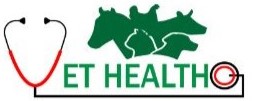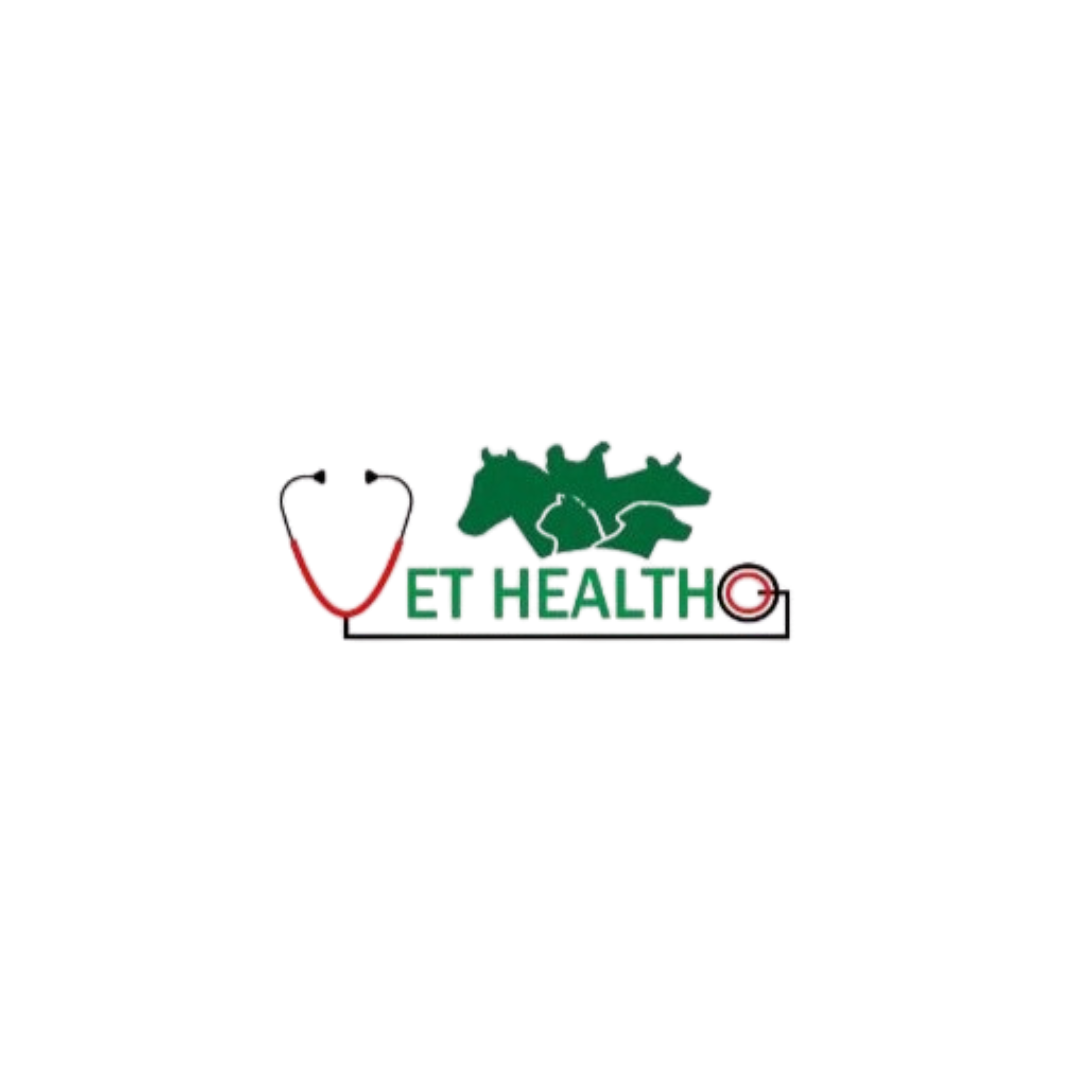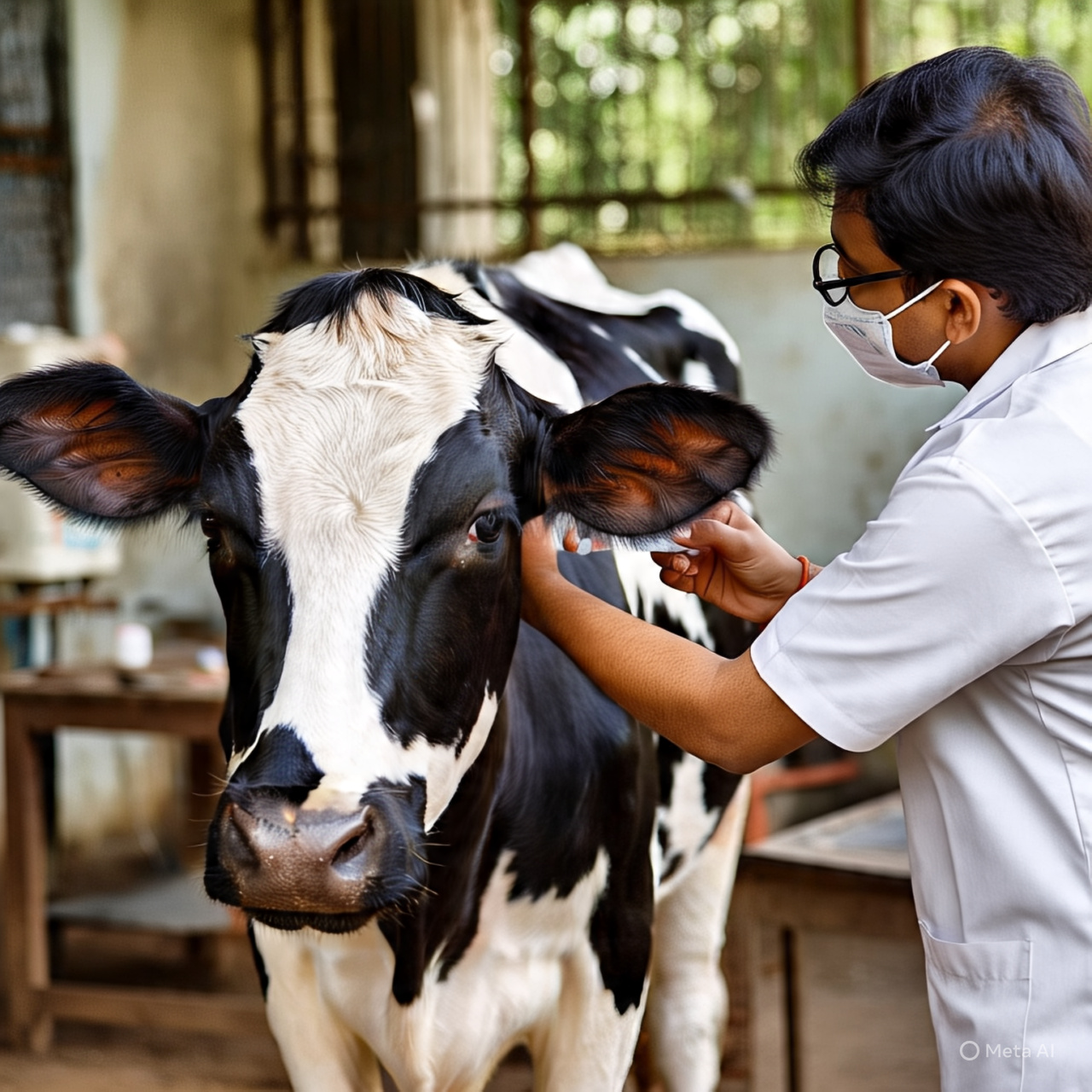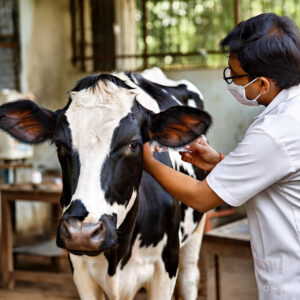Introduction
A Proper Vaccination Schedule for Cows prevents disease outbreaks. Farmers must follow a set plan. Vaccines strengthen immunity. Healthy cows yield better milk. This guide details vaccine types and timing.
Why Vaccination Matters
Cows face diseases like brucellosis and foot‑and‑mouth. Vaccination reduces illness risk. It saves cost on treatments. Herd immunity protects calves and bulls. Proper vaccines maintain farm reputation.
Core Vaccines for Cows
1. Brucellosis Vaccine
Administer in calfhood, usually between 3‑8 months.
Female calves get single dose under tag.
Brucellosis vaccination stops reproductive loss.
2. FMD (Foot‑and‑Mouth Disease) Vaccine
Give primary dose at six months.
Repeat every 6 months thereafter.
This vaccine controls FMD spread.
3. Blackleg Vaccine
Apply clostridial vaccine at 3 months.
Booster after 4 weeks.
Prevents muscle swelling and sudden death.
4. Anthrax Vaccine
Vaccinate only during outbreaks.
Use annually in risk zones.
5. Hemorrhagic Septicemia Vaccine
Use in tropical and humid areas.
Give at six and 18 months.
6. Goat Pox/ Sheep Pox Vaccine (Mixed)
Use regionally relevant vaccines.
Protects against skin and lung diseases.
Pregnancy-Time Vaccines
Boost immunity in pregnant cows.
Vaccines include Tetanus and Blackleg.
Administer 6 weeks before calving.
This gives colostrum antibodies to calves.
Booster Schedule
Boosters renew immunity over time.
Brucellosis: no booster.
FMD: every 6 months.
Blackleg: annual booster.
Septicemia: yearly injection.
Tetanus: every 2 years.
Newborn Calf Vaccinations
Calves need early immune support.
Colostrum must be fed within 2 hours.
Vaccinate for FMD at six months.
Blackleg before six months.
Continue booster every 6–12 months.
Record-Keeping and Monitoring
Use clear herd vaccination log.
Record vaccine date, batch, and expiry.
Monitor for side effects post‑vaccination.
Replace malfunctioning cool boxes immediately.
Vaccine Handling and Storage
Store vaccines between 2°C and 8°C.
Use ice‑packed vaccine carriers.
Avoid sunlight exposure.
Never use expired vaccines.
Common Mistakes to Avoid
Using wrong dose or expired vials.
Skipping boosters or cold chain breaks.
Not rotating injection sites.
Record inaccuracies cause vaccination gaps.
Farm Practices to Complement Vaccination
Maintain clean sheds and hygiene.
Isolate new arrivals for two weeks.
Provide balanced nutrition and iron.
Maintain good drainage to avoid muddy floors.
Summary
A Proper Vaccination Schedule for Cows is essential for farm success. Core vaccines include brucellosis, FMD, blackleg, and septicemia. Boosters maintain immunity. Pregnant cows need specific shots. Calves require colostrum and primary vaccines. Proper storage, record‑keeping, and farm hygiene complement vaccine protocols. Following this guide ensures healthier cattle, better productivity, and cost savings.
FMD ad hoc Group report Oct2021 ENG – WOAH – World Organisation for Animal Health




